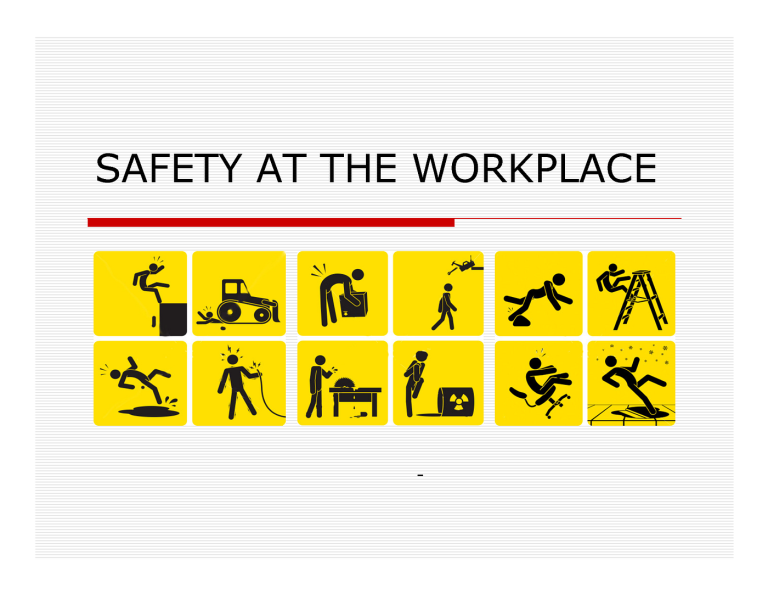Part one
Nine tips to help you deal with difficult situations and/or difficult people in the workplace.
Difficult conversations at work. They’re awkward, sometimes unpleasant and, ultimately, inevitable in any workplace dynamic. You know when you have to talk to Justin about how he keeps showing up 45 minutes late or Ashley because she’s under-delivering on projects? We’ve all been there.
Seventy percent of employees avoid difficult conversations in the workplace, according to a study by career-coaching startup Bravely. This can lower morale and cause a toxic work environment. Facebook COO Sheryl Sandberg encourages her employees to have tough conversations at least once a week. If you’re not having them, you’re not growing, she says.
So, how do we encourage tough conversations and handle them eloquently?
Nine tips for handling difficult conversations at work
It’s common for defences to be high when difficult conversations roll around, so it’s key that you have a plan for when they do. Help make feedback a natural aspect of your organisation and frame your thinking so that it’s key to growth and development. Here are a few tips to help make these conversations easier.
- Don’t avoid them
Difficult conversations can become more difficult the longer you wait. You can also build up anxiety that will make the situation bigger in your mind than it really is. Just like Apple co-founder, Steve Jobs said, your job is not to be easy on people. Your job is to make them better. Make feedback a common occurrence, and get into the habit of addressing issues immediately as they arise.
- Have a purpose
What do you want to get out of the conversation? Write down three things you want to accomplish and focus on them. If you hone in on the root of the problem right away, you lessen the probability of the conversation getting away from you. Remember, we’re all human and no one wants to be approached with a laundry list of issues.
- Be confident and direct
The person on the other end of the conversation will likely pick up on your energy. If you approach it as an uncomfortable situation, it will be one. According to Facebook’s Sheryl Sandberg, “Feeling confident – or pretending you feel confident – is necessary to reach for opportunities. It’s clichéd, but opportunities are rarely offered; they’re seized.” If you’re asking for a raise or promotion, take initiative, begin the conversation with confidence and get to your point quickly. You’re never going to get what you want unless you ask.
- Be open to the other person’s perspective
“Feedback shouldn’t be a monologue,” explains Ask a Manager’s Alison Green. “It should be a discussion, and it’s important to listen to the other person’s perspective. They might tell you something that changes your mind, and you don’t want to be so committed to your initial assessment that you don’t hear it if they do.” Listening to their perspective lets the other person know you’re acknowledging their feelings. Being able to listen and communicate effectively will not only help you resolve the current problem together but will help your relationship in the long-term.
- Be empathetic
Think about what it might feel like to be on the receiving end of the conversation. If you see they’re struggling with what you said, pause for a minute so they can gather their thoughts. If they start to get emotional, understand how they must be feeling and reassure them that you’re providing this feedback because of the potential you see in them.
- Use “I” statements
Starting your sentence with “I” instead of “You” avoids put-downs, promotes positive communication and fosters enthusiasm to find a solution. It’s a huge part of what differentiates constructive and critical feedback. We’ve provided some examples of how to do this in the section below.
- Stick to the facts
Before your conversation, have a clear idea of what happened. Take responsibility for your part in the situation and focus on the facts. Identify where either person went wrong and discuss the impact of this conversation on each of you, the team and the organisation as a whole. Not every conversation is going to go your way and not everyone is going to agree with your point of view. Try not to let your feelings get in the way of a resolution.
- Come up with a solution
The goal of having this conversation is to reach a resolution. If the solution isn’t clear from the beginning, work together to come up with one that you both agree on. Listen to their ideas if they have any and bring some of yours to the table as well. For example, if you’re telling an employee they didn’t get a raise, explain why and offer solutions on how they can improve. Once you’re in agreement, commit to the resolution and make sure there is an action plan going forward.
- Follow up to prevent fallout
In a perfect world, all of the conversations we have would end the way we want them to. However, that’s not the case. Some people have delayed reactions to bad news and may experience feelings of frustration, embarrassment or resentment after leaving the conversation. Be aware of this and check up on the other person periodically to make sure they’re doing okay. If there seems to be some tension, schedule time for an offsite get together that doesn’t revolve around work talk – like grabbing a cup of coffee – where you meet as individuals and not colleagues.
Tom Anderson is the Editorial Director at Haven Life, a life insurance company in New York. He is an award-winning journalist whose work has appeared in CNBC.com, Kiplinger’s Personal Finance, Money, Monocle and Wired.
This article also appears here on Havenlife.com.























